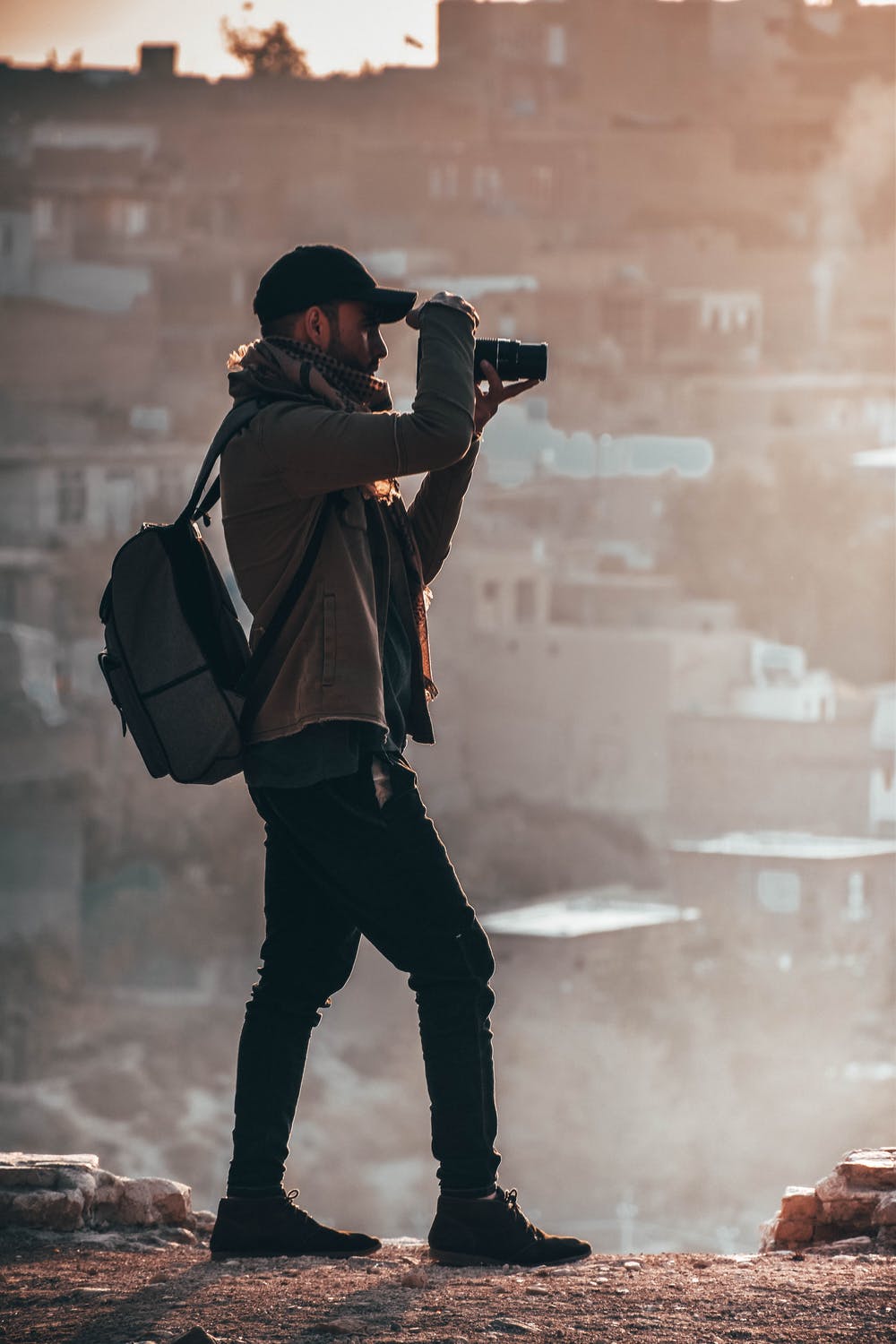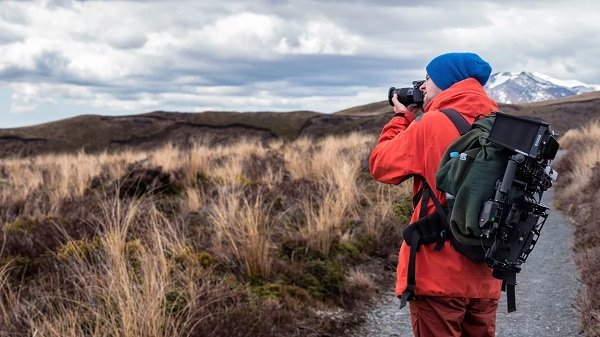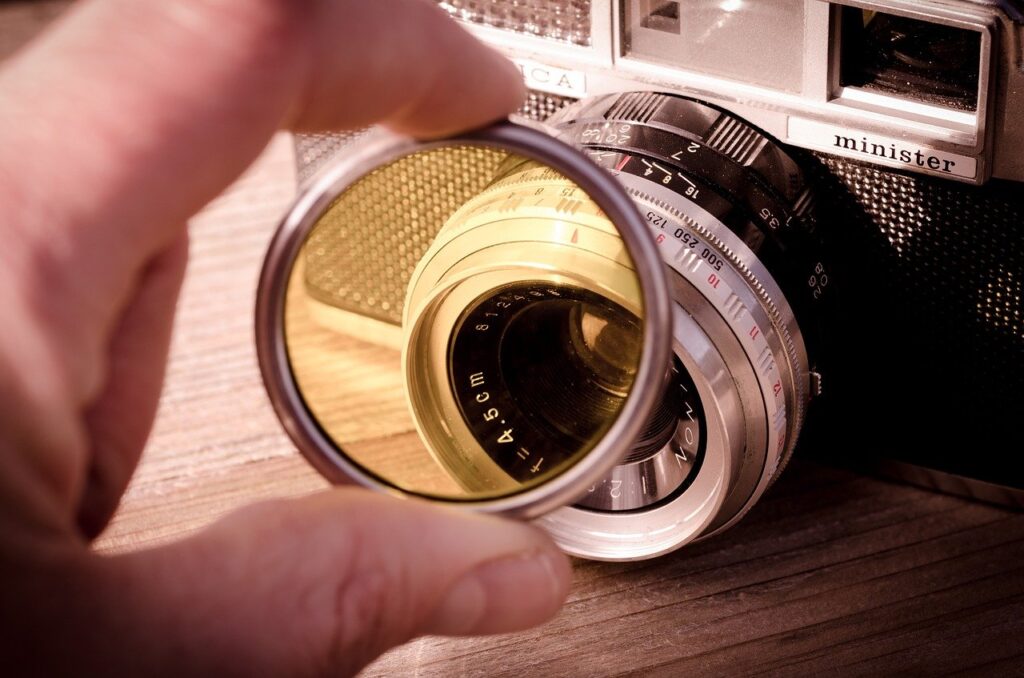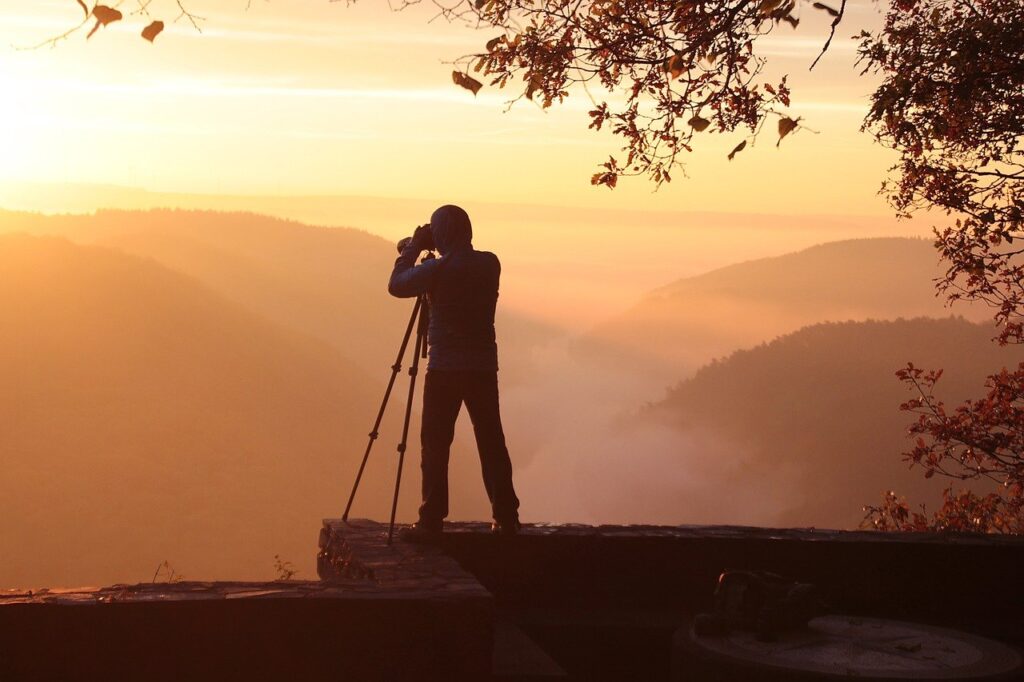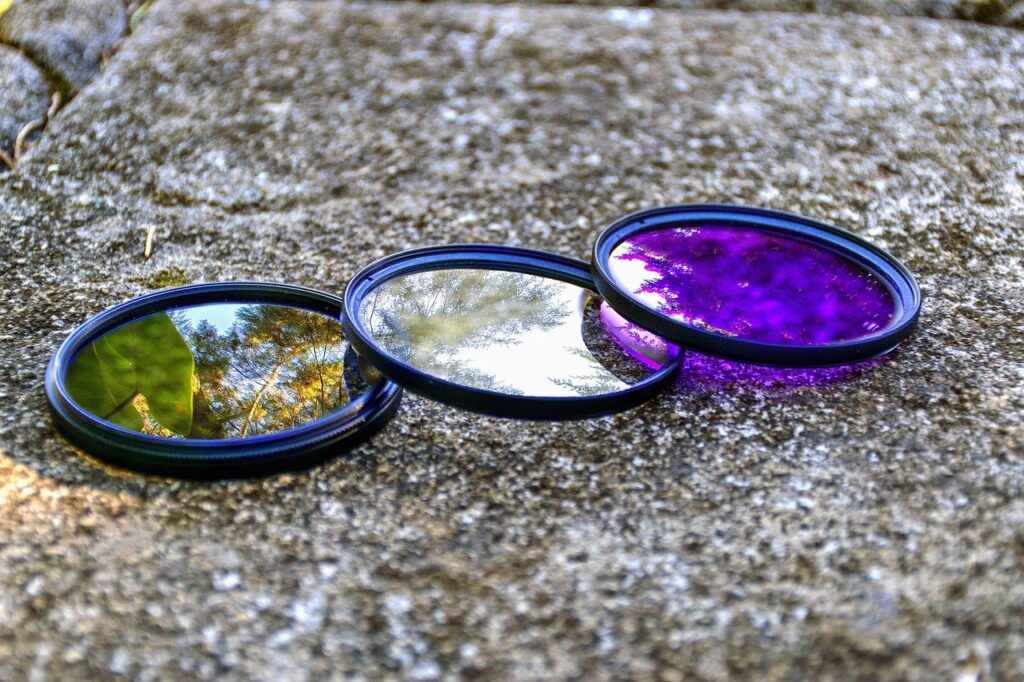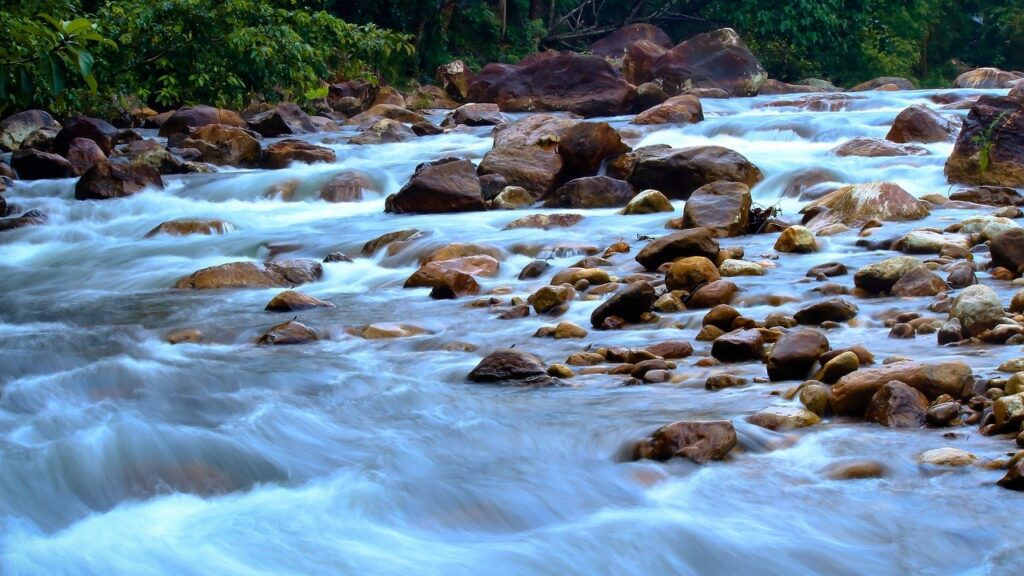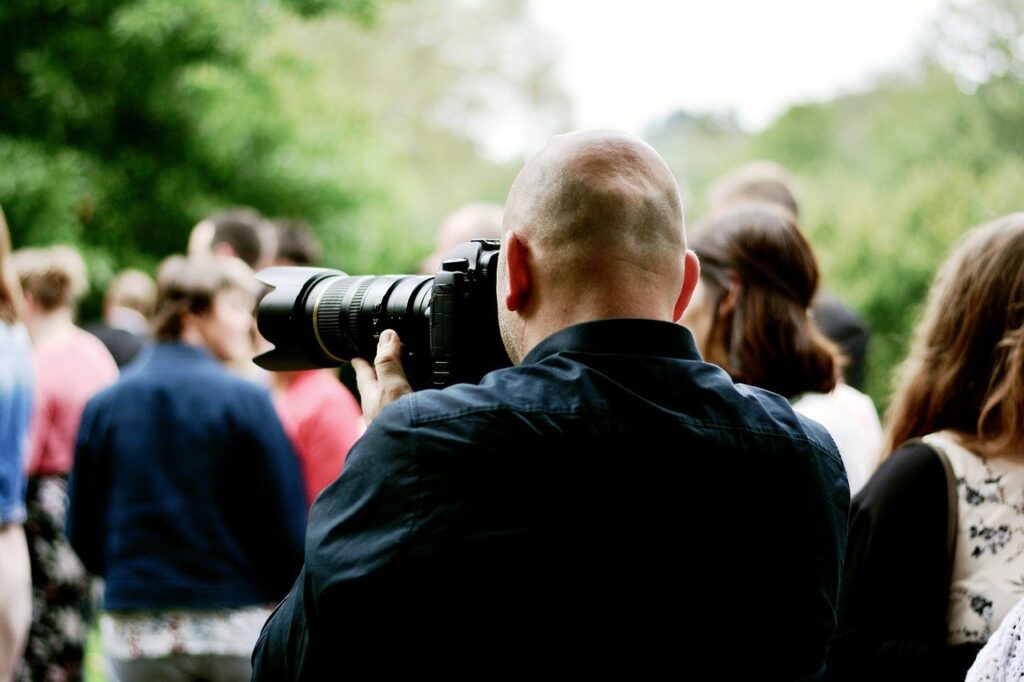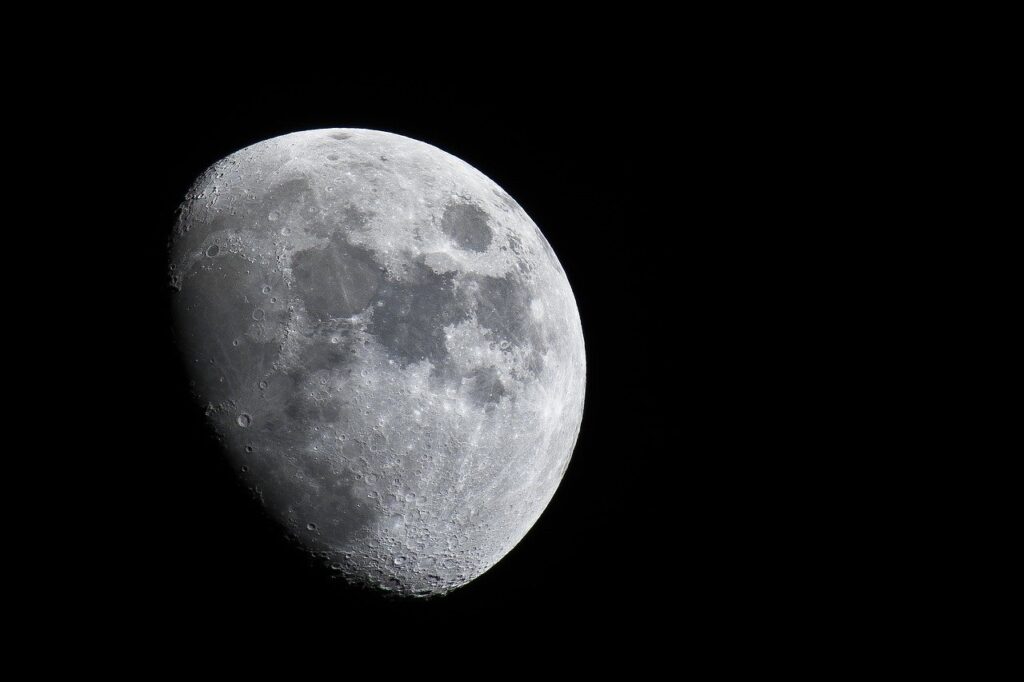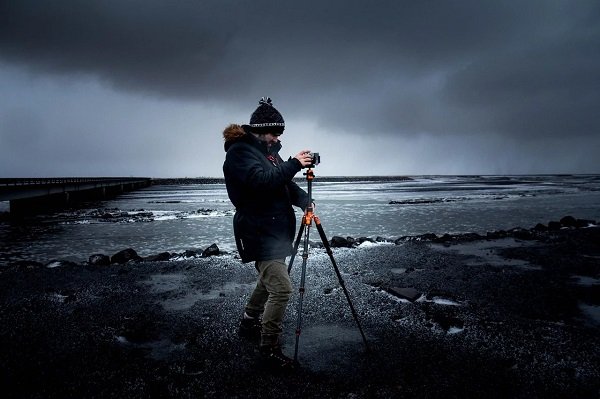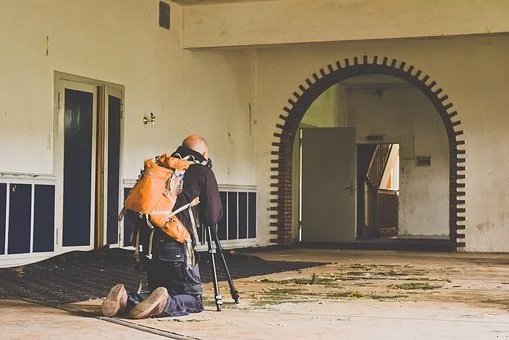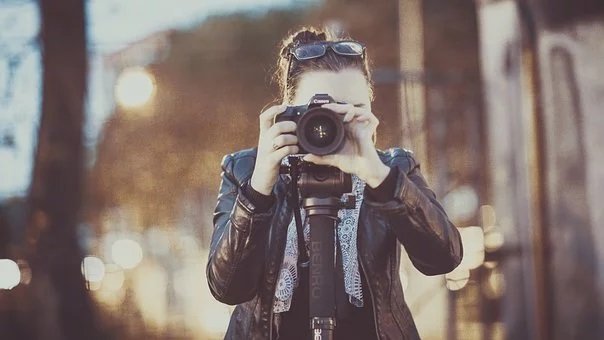Outdoor photography is synonymous with fun – be it photographing majestic landscapes, seas, skies, wildlife, epic scenery, and inhabited or deserted places. Outdoor photography provides a photographer perfect environment to convey his photography skills and talent. Moreover, you can sell your photos online if they are interesting and appealing.
With today’s high-quality cameras and top-notch photo editing tools, one might think that it is very easy to capture amazing outdoor shots, but it is not quite the case. If you want to follow some brilliant outdoor photographers, you will still need to master skills and knowledge related to this genre of photography. In this guide, we will help you in capturing excellent outdoor photos. So, let’s look at the top 17 tips you will want to bear in mind to get the most out of your DSLR or mirrorless camera, and capture shots that you will be proud of:
Avoid Noon Sun
Although this list is in no specific order, still this tip ought to be on the number one due to its importance. Midday or noon lasts anywhere between 11 am to 3 pm. Let’s keep it straight – you cannot shoot in the midday sun. Here’s why: during noon, the sun is directly above us, and it is at its strongest, which means it won’t provide the shade that we get from earlier and later hours.
During this time of the day, there is minimal diffusion, making your camera hit with this really harsh sunlight that you cannot control. Your photos will look horribly overexposed, hence not great at all. In addition to overexposing your scene or subject, the noon’s strong light casts a sharp shadow, too.
However, if you still have to do outdoor photography under harsh sunlight during midday, then there is a simple solution. You can click photos under the shade where there is no direct sunlight. This will make a huge difference to your photography as you have managed to diffuse the sunlight.
Experiment with Different Point of Views
Experimenting with different point of views or perspectives is one great and easy way to improve the creativity of your photos. To do photography from different point of views, you can try using a chest harness, a helmet camera, or an extension arm. Or simply, you can stand on a rock or chair or crouch low to take shots of a subject, but with different perspectives.
Play With the Light
If you want your outdoor photography to turn out to be the best, you need to get up early in the morning or step outside just before evening. The golden light provided by the sun during late evening or early in the morning is the best possible light for a photographer to shoot in. During these hours of the day, shadows are long, and the colors are vibrant.
And if you are into wildlife photography or capturing birds, early mornings are when species are most active.
Go Above the Landscape
You can skip this point if you don’t own a drone because to shoot above the landscape, you need to have a drone. Outdoor photography with drones is a whole new experience and the most interesting one. You can capture amazing outdoor scenes, places, and life from above that isn’t otherwise possible from the ground level.
Although flying a drone itself is another skill-demanding task and needs plenty of regulation, drone-based aerial photography is one of the best ways to offer your viewers eye-pleasing scenes that they have never seen before.
Consider Shooting in RAW
Post-processing won’t be of much importance to you when you are just starting out with photography. But at some point, you may want to adjust your photos in post. When you decide to do post-processing, you will want to shoot in RAW since it gives more flexibility and options in post-processing, providing you with the results you are after.
Use a Polarizing Filter
If you want to do outdoor photography, and you don’t own a polarizing filter for your lens, put it at the top of your next shopping list. Wondering how a polarizing filter works? It is attached on the front of your camera lens and works by only letting light in from certain angles. You can also rotate the filter (just like you rotate the lens to focus manually) to how you like it, in order to remove unnecessary glare.
They help remove reflections from the windows, water, ground, etc. In addition to eliminating reflections from these things, they darken the sky, allowing you to click a perfect shot free from any harsh glare.
Hoya 58mm Circular Polarizer Cir-Pol CPL Glass Filter is one of the best ones out there.
Try Combining Stunning Foreground with Compelling Background
In order to add depth to your photos, you can add foregrounds. Moreover, foregrounds can help the viewers immerse into the photographed scene. For example, if you want to capture a photo of a mountain on the background, try taking a river or lake in the foreground of your picture for creating depth.
Use a Wide-Angle Lens
If you want to add a dramatic effect to your outdoor photography, especially landscape photography, then using a wide-angle lens is a great option. It can help achieve perspective distortion, which will also maximize the importance of the foreground and add more depth.
Wide-angle lens emphasizes the sense of distance and space in your landscape shots, making your photos look amazing!
Rule of Thirds
This is one of the most important and popular rules of composition that photographers emphasize a lot. Although we are often told to break the rules and be creative, following this one hard and fast rule will transform your photography.
We have written a full-fledged article on the rule of thirds in photography, if you want more information on it, go check it out!
Try Using a Slow Shutter Speed
Another best thing you can do when doing outdoor photography is capturing long exposures, and this can be done by using slow shutter speed. If you are photographing rushing waterfalls, rippling fields, or drifting clouds, you can add a gentle blur to add an artistic effect to your images.
If you want to take long exposures during the day, then you will need an ND (Neutral Density) filter in order to filter out some of the light.
Use a Telephoto Lens
Both wide-angle and telephoto lens are great additions to your outdoor photography equipment. For example, if you are into wildlife photography, you will require a telephoto lens to photograph animals in action from far away (a safe distance). In addition to this, a telephoto lens can also help click photos of other far-away things, such as the moon or mountains.
Adjust Your White Balance
While your camera’s auto mode is good at adjusting the right white balance according to the scene, it doesn’t get it right all the time. Sometimes you might need to adjust the white balance manually to capture great pictures. If you are shooting in RAW, then you don’t have to worry about adjusting it because you can do so in post-processing later on.
Look For Leading Lines
Leading lines are one of the image compositional tools that can help make your picture look interesting. Leading lines can include books in a library, a fence, winding roads, a jagged coastline, or trails. They don’t have to be obvious – even the objects that aren’t linear, such as stepping stones, can be photographed according to this compositional tool.
These objects that act as leading lines can lead the viewer’s eye toward the main point of interest in your picture.
Get a Tripod
If you already have one, great! If you don’t, get one! A tripod comes in handy, especially when shooting landscapes with a telephoto lens. A tripod doesn’t just help capture sharp photos but can also take long exposures without making your photo look all blurry.
Add a Human Touch
Humans can play a fantastic role in your landscape photography, so don’t be afraid to add them in your photos. People can add interest, scale, and personality to landscape photography. For example, if you are on a trail, you can photograph hikers facing the camera instead of capturing them walking away.
Patience
Patience is the key to be the best when it comes to outdoor photography, especially when you are shooting wildlife. There is a reason why people say never to work with kids and animals, and that is because they have one thing in common – they don’t do what you want them to do. So, be patient, wait for that special moment, and capture it when it comes.
Practice
Practice, practice, and practice! This one is a simple yet effective rule. You cannot just become the best outdoor photographer overnight. You need to practice a lot, experiment with different things, play with your camera a little more, and put all your effort.
Conclusion
Being an outdoor photographer is definitely fun but challenging as well. In outdoor photography, you have to deal with several unexpected situations. For example, the light is not in your control, you might not be able to find the right scenes to capture, or you might run out of battery without having a spare battery on you. But these challenges can help you get better at it the next time.
And yes, these tips won’t make you a pro photographer overnight, but can surely help improve your outdoor photography drastically.

